Iran has announced new presidential elections on June 28 following the death of President Ibrahim Raisi in a helicopter crash. This early election comes in the wake of the tragic accident that claimed the lives of nine individuals, including Raisi and Foreign Minister Hossein Amir-Abdullahian.
The helicopter carrying President Raisi and his entourage crashed in the mountainous area of Zolfar in East Azerbaijan province on May 19, while returning from Azerbaijan. The wreckage was discovered on Monday by rescue teams.
In response to the sudden vacancy, Supreme Leader Ayatollah Ali Khamenei appointed Vice President Mohammad Mokhbar as the acting president. Mokhbar, 68, is now overseeing the electoral process, which must be completed within 50 days as mandated by Iran's constitution.
The official registration for presidential candidates began on May 30. So far, 17 candidates have registered, among them Wahid Haghanian, a former commander of the Islamic Revolutionary Guard Corps. Haghanian is known as a close aide to Supreme Leader Khamenei. Despite being sanctioned by the United States in 2019 for alleged human rights abuses, Haghanian cited his 45 years of service in the offices of the presidency and supreme leader as his credentials for running.
The Guardian Council, a 12-member body appointed by the Supreme Leader, will finalize the list of candidates by June 11.
The announcement of new elections has garnered significant international attention. Observers are keenly watching the developments, especially given the potential implications for US-Iran relations, considering the sanctions against candidates like Haghanian.
While the final list of candidates is yet to be determined, the upcoming election is expected to be highly contested. Acting President Mokhbar's role in managing the election process will be crucial in ensuring a smooth transition of power.
The official results of the election will be announced by the Independent Election Commission of Iran, with expectations high for a pivotal shift in the country's political landscape.



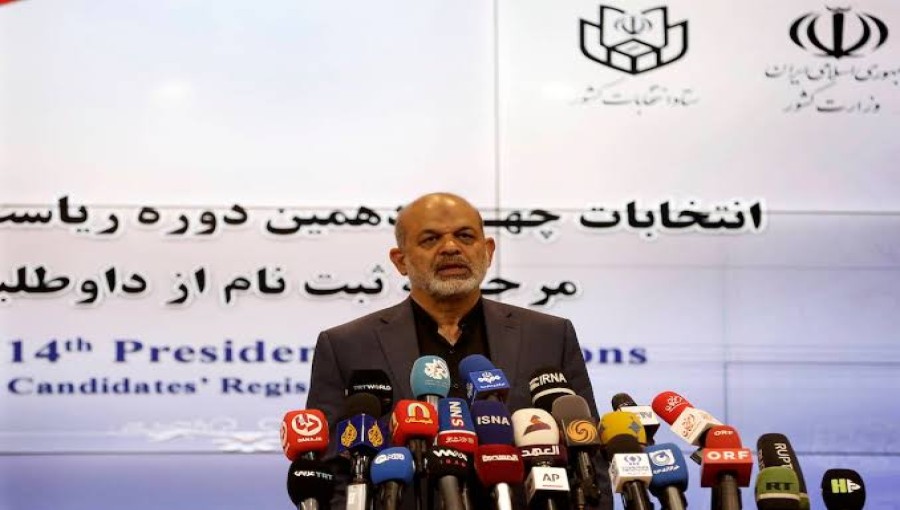
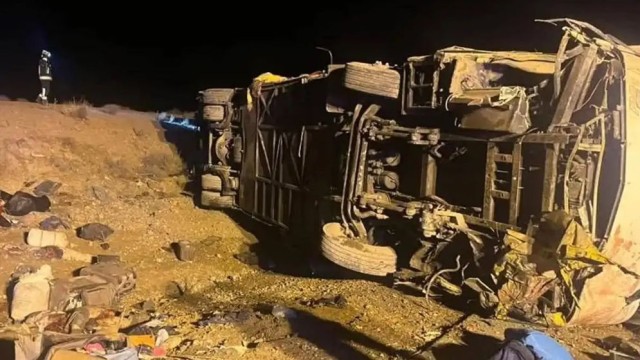
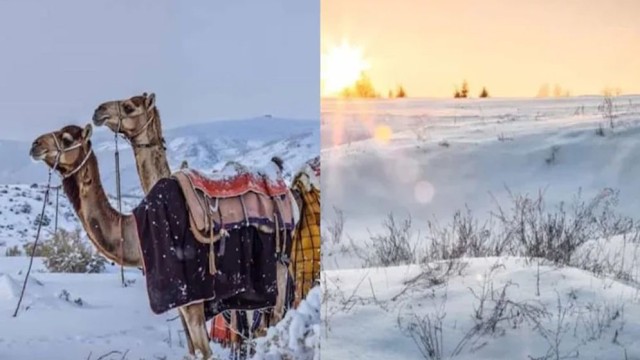
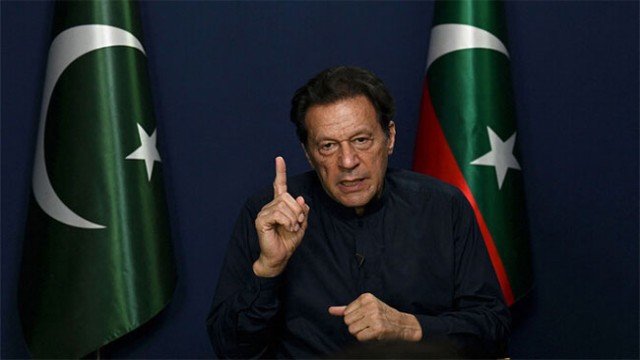
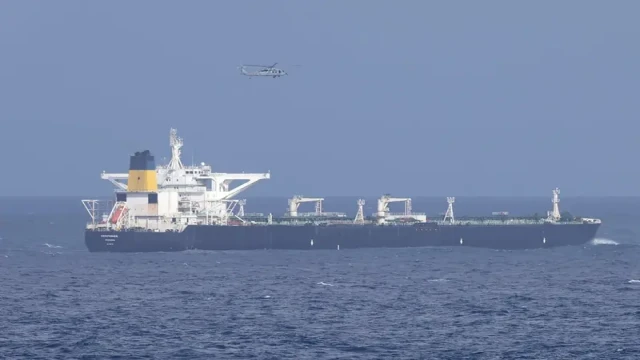
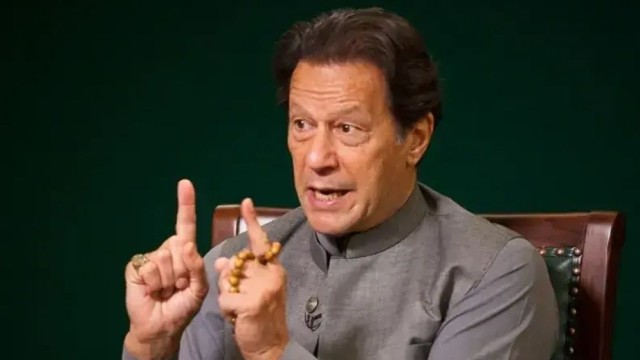
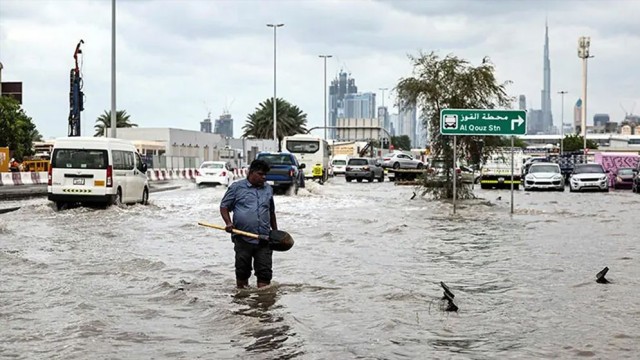
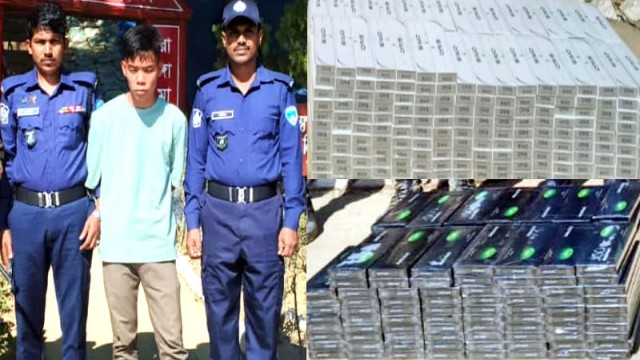
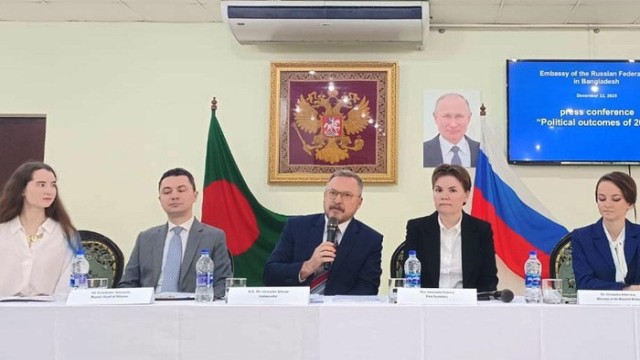
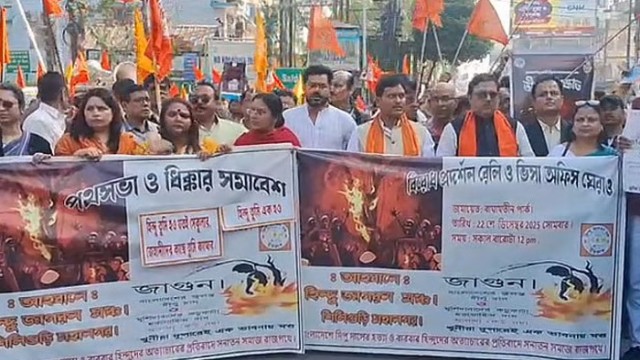
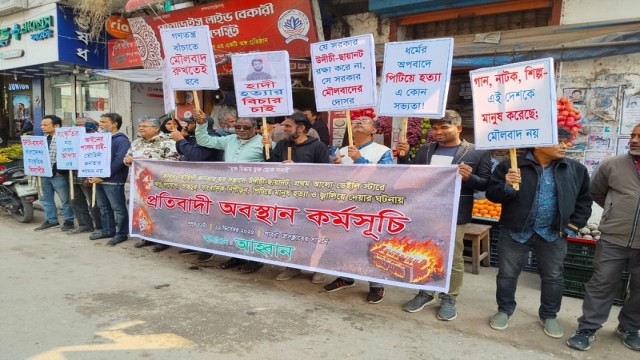
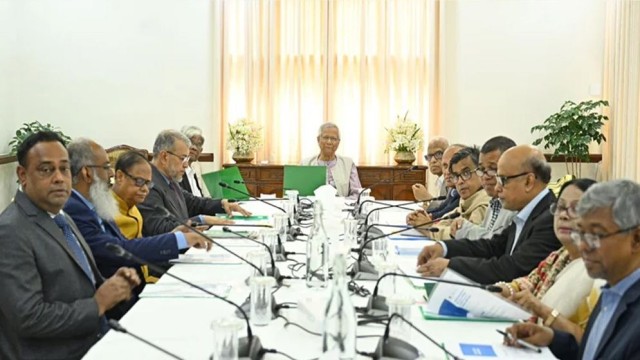
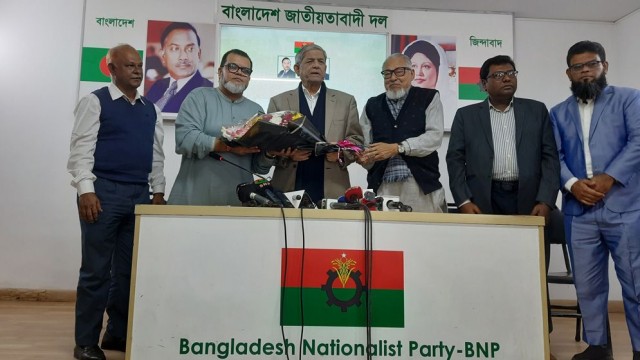
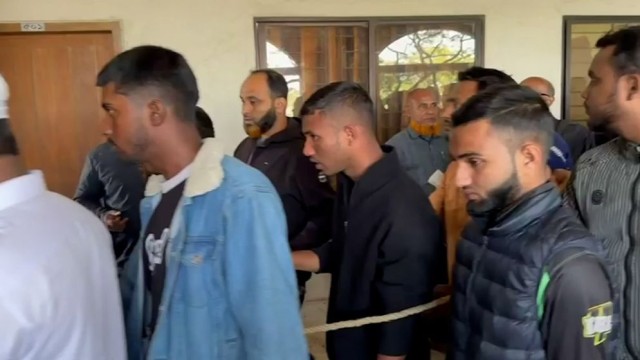
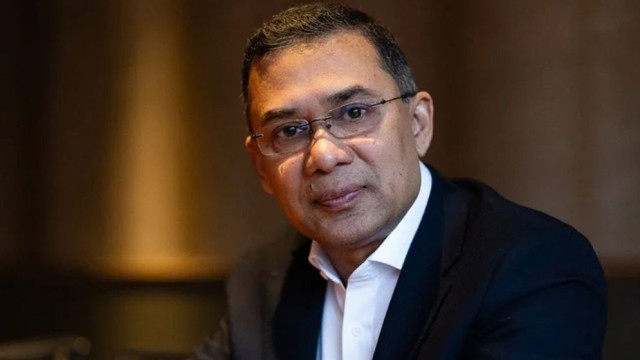
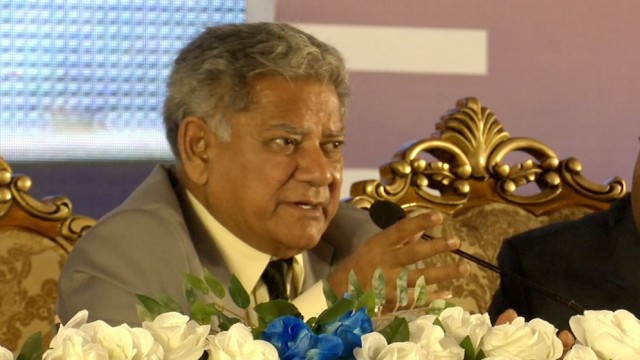
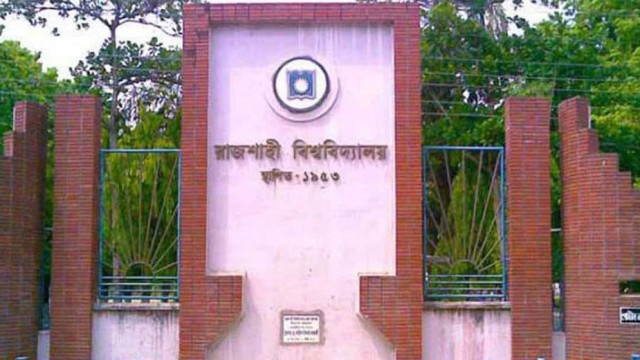




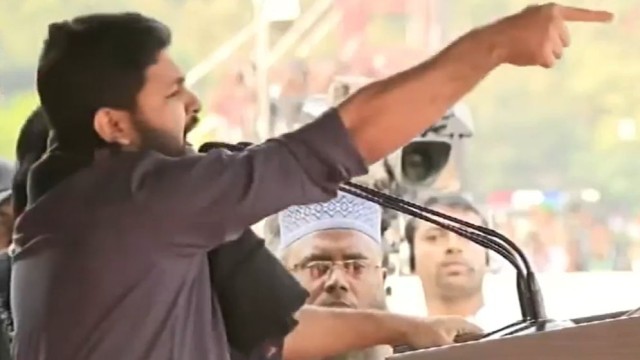
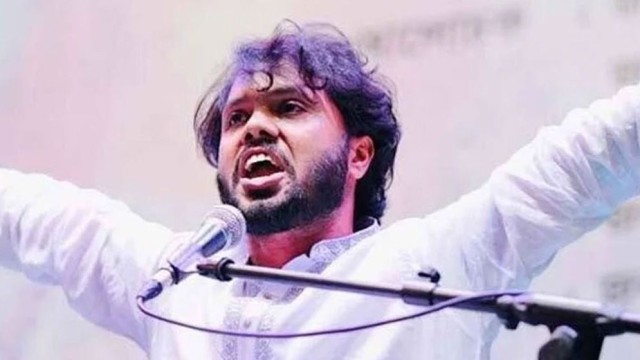
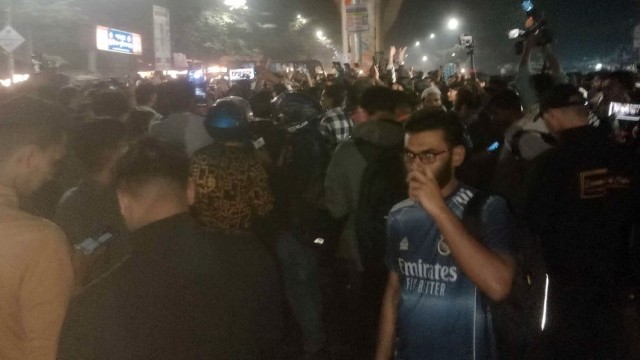

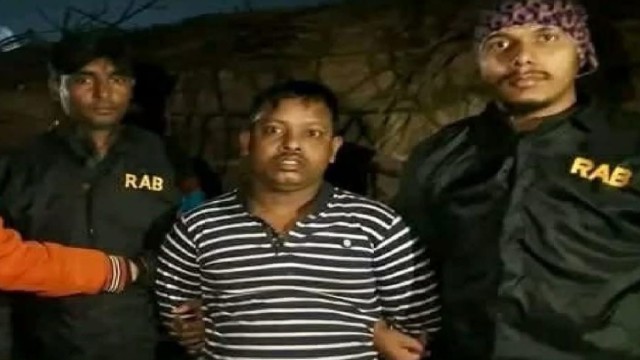
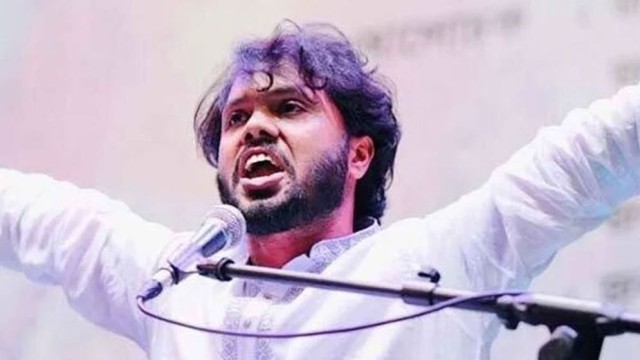
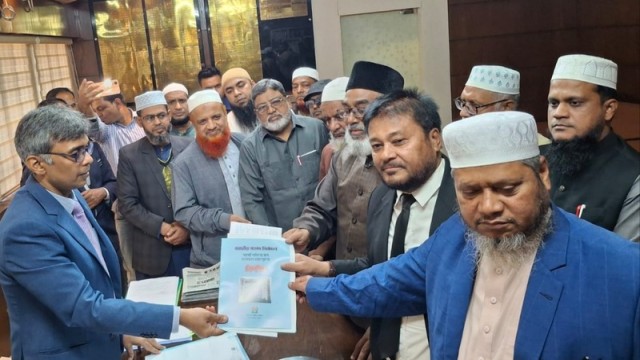
Comment: